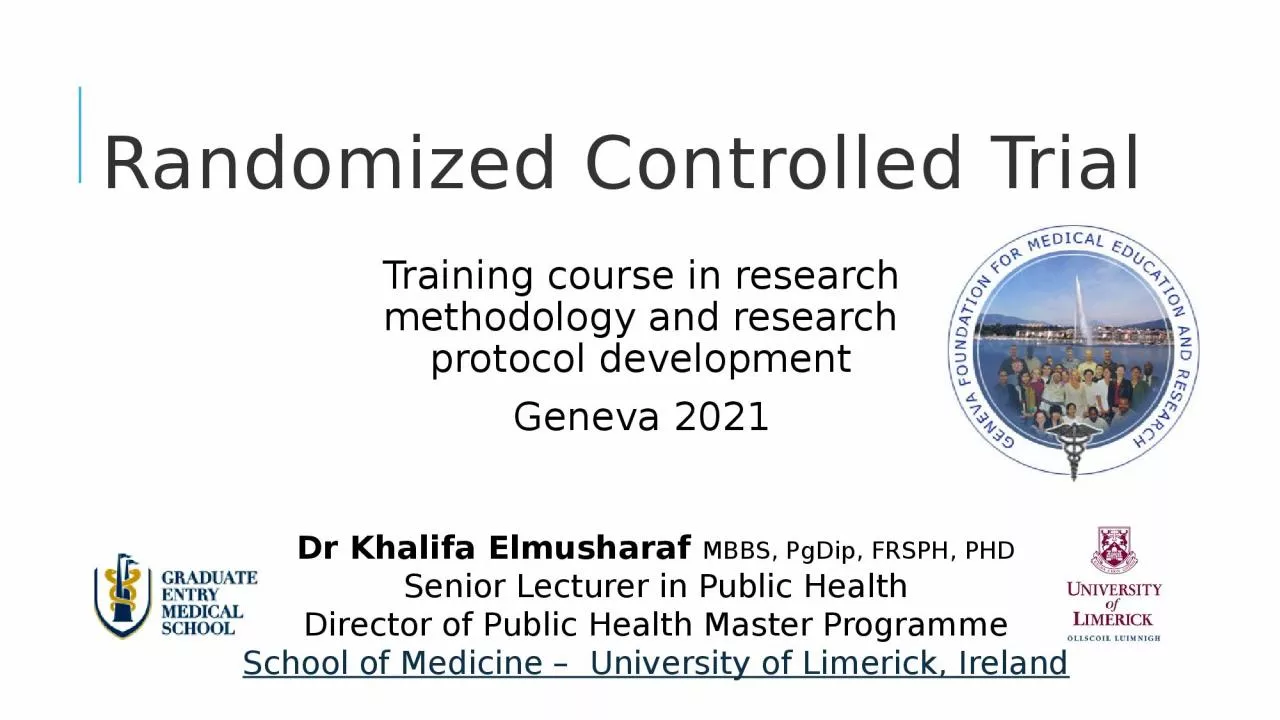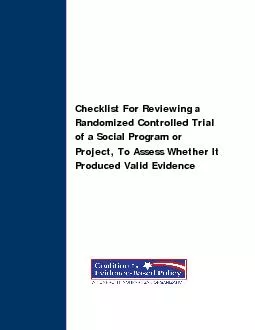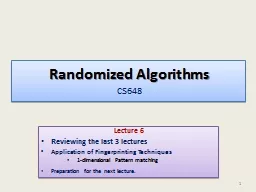PPT-Randomized Controlled Trial
Author : mia | Published Date : 2024-01-13
Training course in research methodology and research protocol development Geneva 2021 Dr Khalifa Elmusharaf MBBS PgDip FRSPH PHD Senior Lecturer in Public Health
Presentation Embed Code
Download Presentation
Download Presentation The PPT/PDF document "Randomized Controlled Trial" is the property of its rightful owner. Permission is granted to download and print the materials on this website for personal, non-commercial use only, and to display it on your personal computer provided you do not modify the materials and that you retain all copyright notices contained in the materials. By downloading content from our website, you accept the terms of this agreement.
Randomized Controlled Trial: Transcript
Download Rules Of Document
"Randomized Controlled Trial"The content belongs to its owner. You may download and print it for personal use, without modification, and keep all copyright notices. By downloading, you agree to these terms.
Related Documents














